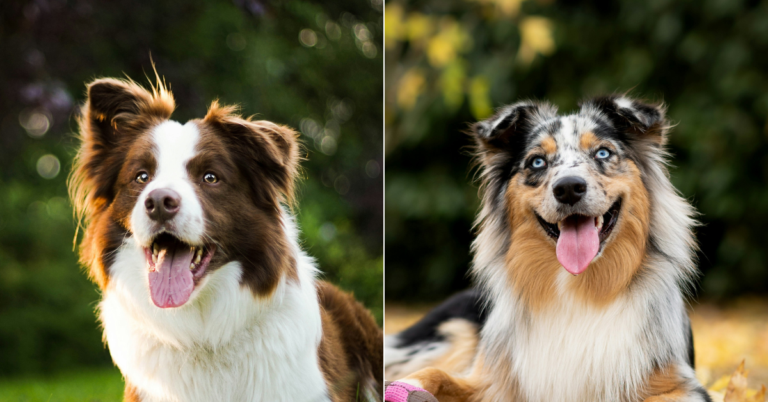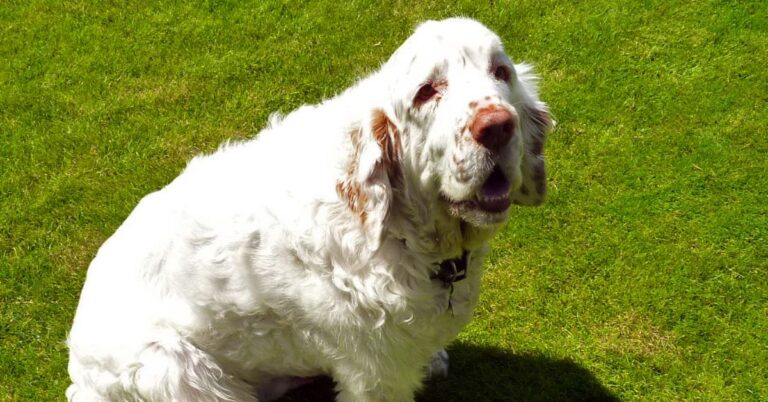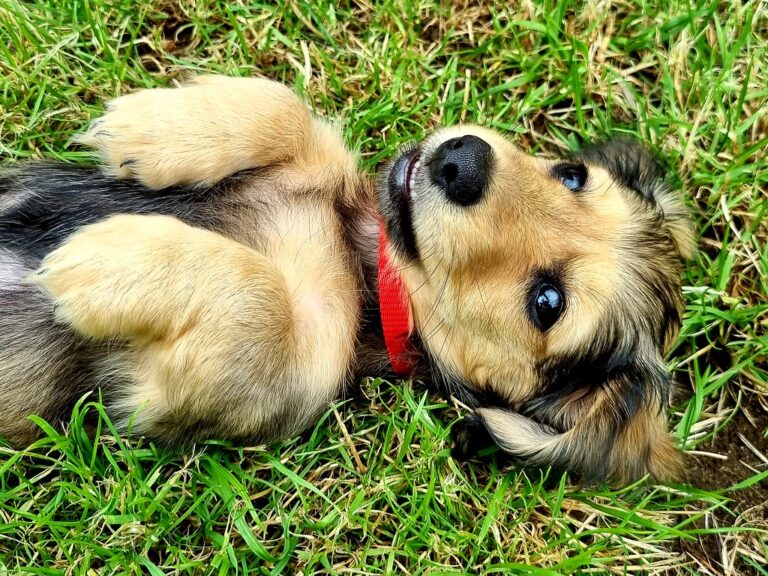20 Mythical Hounds Of The Otherworld And Their Haunting Legends
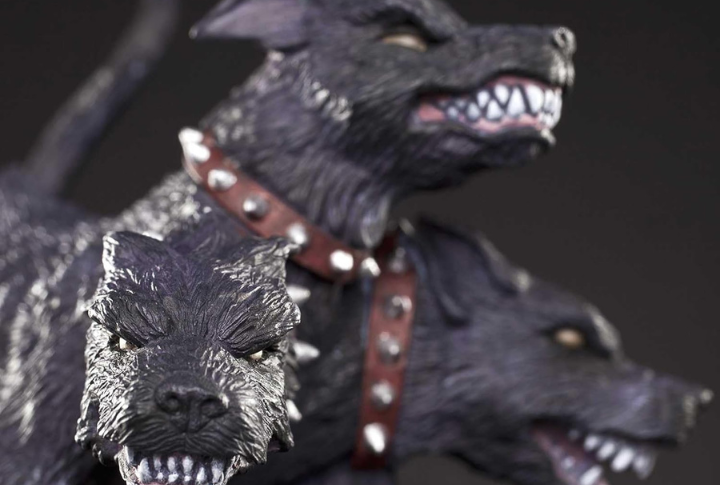
A distant howl pierces the night, sending shivers down the spine of the ones who dare to listen. Across cultures and centuries, ghostly hounds have been feared as protectors and hunters of lost souls. Their legends echo, lurking in the shadows of ancient myths. But which of these spectral beasts still prowl the edges of forgotten lore that await their stories to be told? Read on if you dare.
Cerberus

Poets described him as the most terrifying beast in Hades. The three-headed guardian ensured no soul escaped. His tail was a serpent, and his mane bristling with snakes. According to Euripides, his growls reverberate through the underworld and shake the gates of Tartarus. Some accounts even claim that those who locked eyes with him were frozen in terror, unable to move.
Orthus

A twin menace of muscle and fury, Orthus was slain in Heracles’ tenth labor, the Cattle of Geryon. Unlike Cerberus, his role was more earthly—guarding Geryon’s treasured cattle in the far western reaches. His blood-soaked demise marked the start of Heracles’ conquest of monstrous guardians. Ancient mosaics depict his final battle in vivid detail.
Black Hound of Hades

Crossroad shrines to Hecate often mention a black hound with glowing red eyes that stalk the restless spirits of the unburied. Legends say these spectral canines led wandering souls to their final rest and only appeared to those who had one foot in the grave. Travelers who sensed a presence at night often whispered prayers to Hecate, hoping to avoid the hound’s gaze.
Garmr

Deep in Gnipahellir’s cavern, the fettered hound of Hel awaits Ragnarok. Norse skalds believed his shackles weakened with each passing era. When they break, he will emerge, drenched in blood. His howl will shake the roots of Yggdrasil as he faces Tyr in their fated duel. Some Vikings left offerings to Garmr in fear that he might one day drag their spirits into Hel’s depths.
Laelaps

Once a divine gift to a mortal king, Laelaps could outrun the wind, never failing to catch its prey. Yet Zeus intervened when it hunted a fox cursed to never be caught and turned both to stone. Ancient Greek myths claim Laelaps’ spirit still roams, endlessly chasing through storms. Some legends suggest that when thunder rumbles across the sky, it is Laelaps on his eternal chase.
Barghest
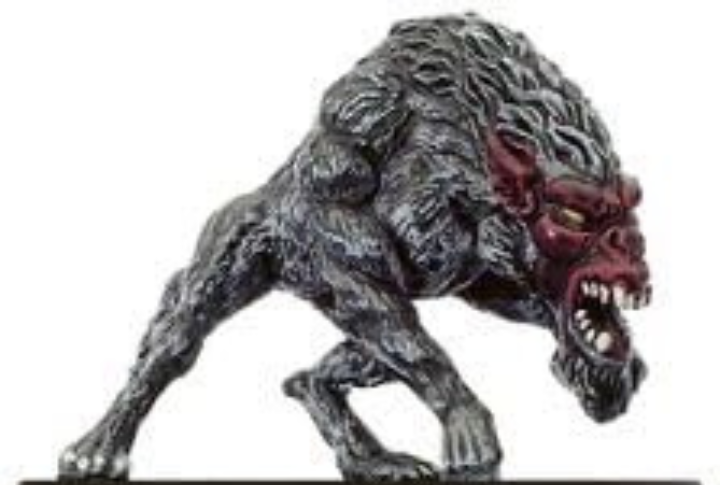
A monstrous black dog with glowing eyes, the Barghest prowled the roads of northern England, lurking in the shadows as an omen of death. In folklore, it is often said that those who saw it were doomed to die soon after. The spectral black dog of Yorkshire and Lancashire has tales that claim it leaves claw marks or scorch marks where it walks.
Cu Sith
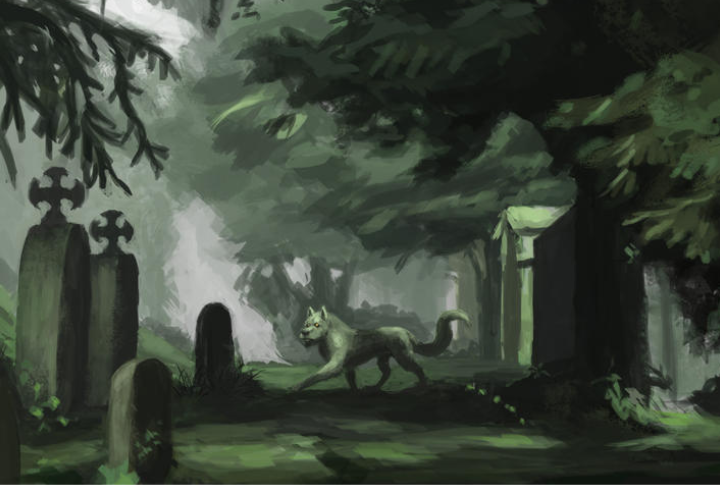
Scottish lore talks about a deep green-coated hound, with its enormous paws silent on the heather. The Cu Sith would issue three bone-chilling barks, each more horrific than the last. By the third, the ending was imminent. Some whispered that it guarded ancient fairy secrets and struck terror into all who heard it. Others believed it only appeared to those about to be taken into the fairy realm.
Gwyllgi
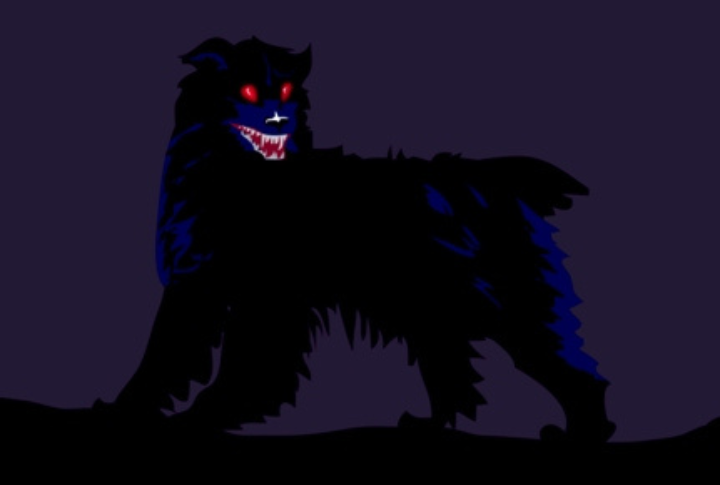
Welsh folklore warns of the Gwyllgi, a shadowy behemoth with fire-bright eyes, seen near ancient battlefields. In contrast to mere omens, this beast was said to have guided fallen warriors into the afterlife so that lost souls found their way to the underworld without haunting the land they once defended.
Cŵn Annwn
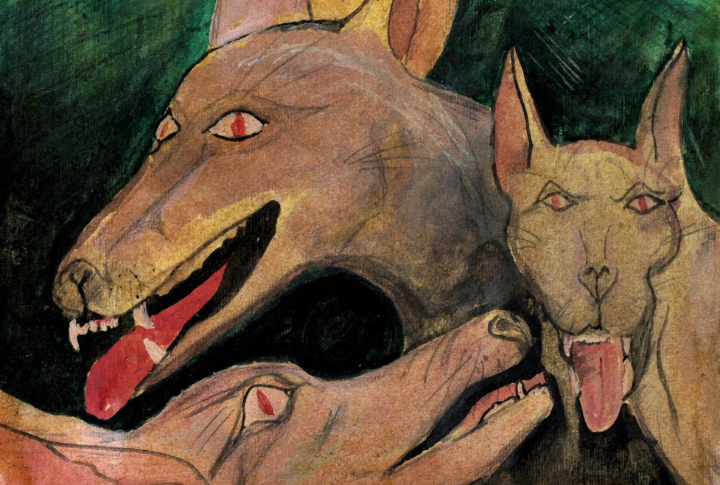
These spectral hounds raced through the night sky, leading the Wild Hunt under the rule of Arawn, Lord of the Otherworld. The hounds’ mournful cries foretold death, yet some said the truly righteous had nothing to fear. In 1810, reports surfaced in Wales of eerie howls on stormy nights. Folklorists believe these accounts are remnants of much older oral traditions.
Moddey Dhoo
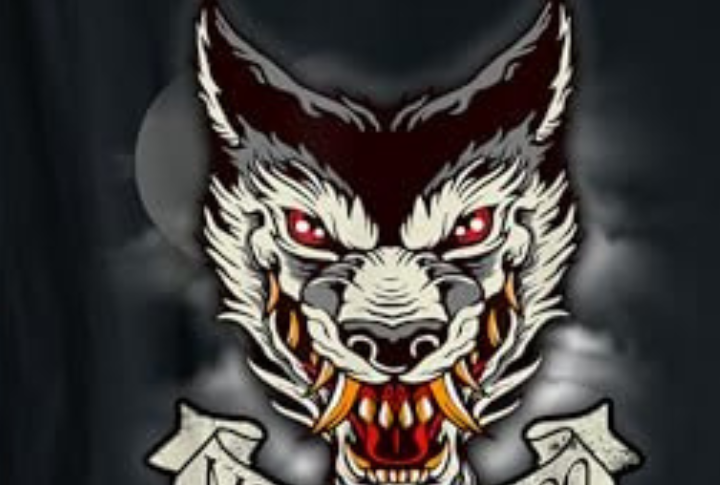
Isle of Man legend tells the story of a black hound haunting Peel Castle’s corridors. The 17th-century garrison recorded sightings, with one drunken soldier who dared to touch it—only to be found lifeless the next morning. Whether ghost or guardian, Moddey Dhoo’s legend refuses to fade into the shadows. Even today, visitors claim to hear unexplained growls through the castle halls.
Anubis’ Jackal-Hounds
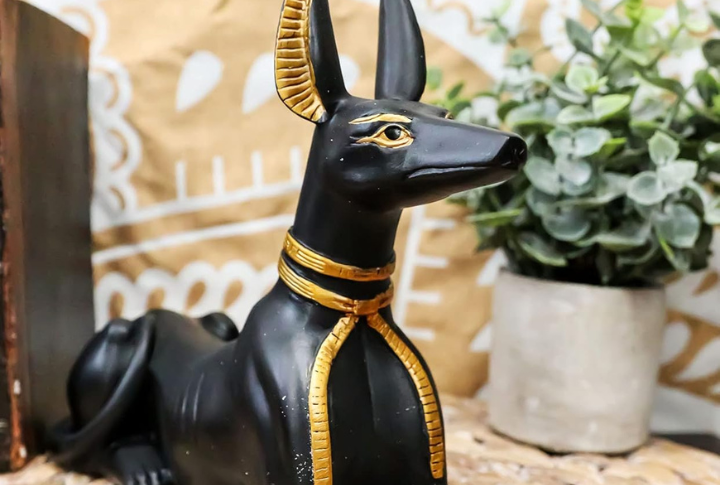
Egyptian priests believed these divine canines ensured a soul’s safe passage. Archaeological digs in Saqqara uncovered canine burials alongside high priests, which suggests these hounds held an honored status in funeral rites. Some scholars argue that these hounds symbolize the eternal companionship between the divine and the afterlife.
Wepwawet

Depicted as a white jackal, Wepwawet was the god who led warriors and souls alike. Ancient murals show him guiding pharaohs into battle; his loyalty was meant to ensure victory. Unlike Anubis, Wepwawet’s hounds did not judge—they simply opened the gates, allowing fate to take its course. Some inscriptions refer to him as the “Pathfinder.”
Sharvara

A fearsome guardian of Yama’s underworld, Sharvara ensured that no soul escaped judgment. This Vedic hound was described to have had blazing eyes that could pierce through lies and detect those who attempted to cheat their fate. Temples dedicated to Yama often included carvings of Sharvara, a reminder of karma’s inescapable grasp.
Mahakanha

A monstrous black hound, Mahakanha, was said to appear from the shadows when imbalance threatened the cosmic order. Buddhist Jataka scriptures depict it as a being that devoured wicked souls, led by the God Sakra so that karmic justice prevailed. Some texts describe monks invoking Mahakanha’s presence to purge malevolent spirits.
Xolotl’s Dogs

The God Xolotl guides souls through the nine levels of Mictlan with his Xoloitzcuintli dogs. This is one reason why this breed was always sacred to the Aztecs. Buried alongside their masters, they ensured safe passage across the rivers of the treacherous underworld. To this day, the breed remains a symbol of loyalty, with some believing they still watch over departed souls.
Shyama and Sabala

Twin guardians of Naraka, Shyama, and Sabala stood vigilant at Yama’s gates. Hindu texts describe their four eyes, which saw into both the past and the future, ensuring divine justice was served. Those who met their gaze knew that the afterlife’s judgment was final and absolute. But they were also known to be kind guides to the underworld.
Simargl

A celestial hound in Slavic lore, Simargl was said to guard the World Tree, preventing chaos from seeping into the living world. Some legends claim it was bound by chains to the star Polaris in Ursa Minor to keep it from destroying constellations. Others whisper that it still watches over the unseen.
Okuri-Inu

A silent shadow on moonlit paths, the Okuri-Inu followed travelers through Japan’s mountains. The name literally means “escorting dog”. The mythical hound does not attack unless one stumbles. Those who reached their destination safely often left offerings and acknowledged its strange dual nature—both predator and protector.
The Black Dog of Chernobog

The bringer of misfortune, this spectral hound roamed Slavic battlefields and sought out the doomed. Warriors who saw its glowing red eyes knew their fate was sealed. Some stories claim that those who survived its gaze were cursed, their victories tainted with ruin. At times, mythology even depicts him as the God of Chaos.
Tiangou

Ancient Chinese describe Tiangou as a cosmic devourer, its dark form swallowing the moon during eclipses. It was feared by emperors and astrologers alike. Some historical records state that during major eclipses, armies would fire arrows into the sky to scare Tiangou away. The tradition derives from the mythology surrounding the God Zhang Xian, Tiangou’s mortal enemy.

